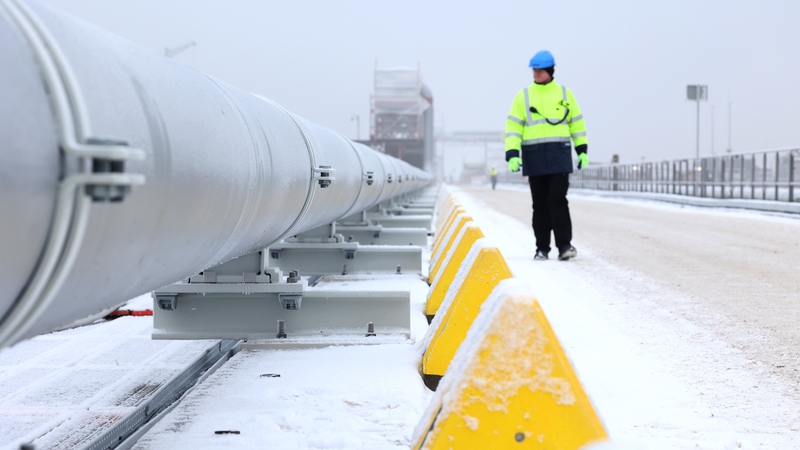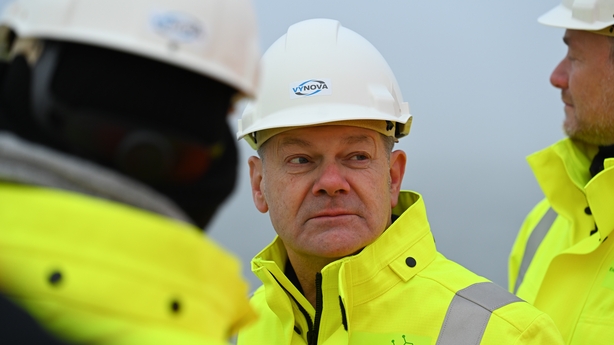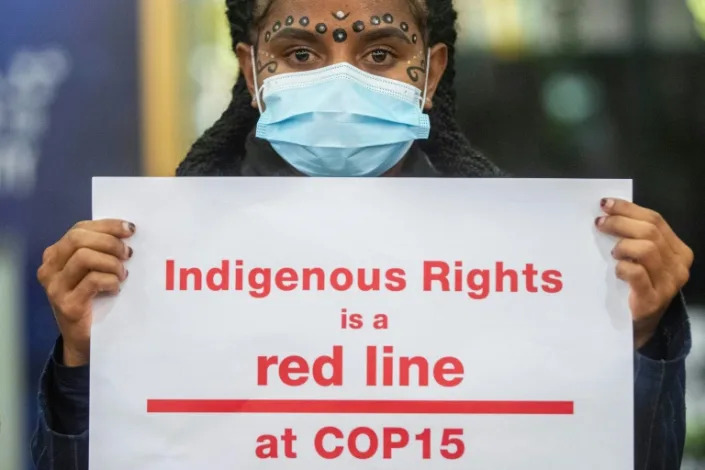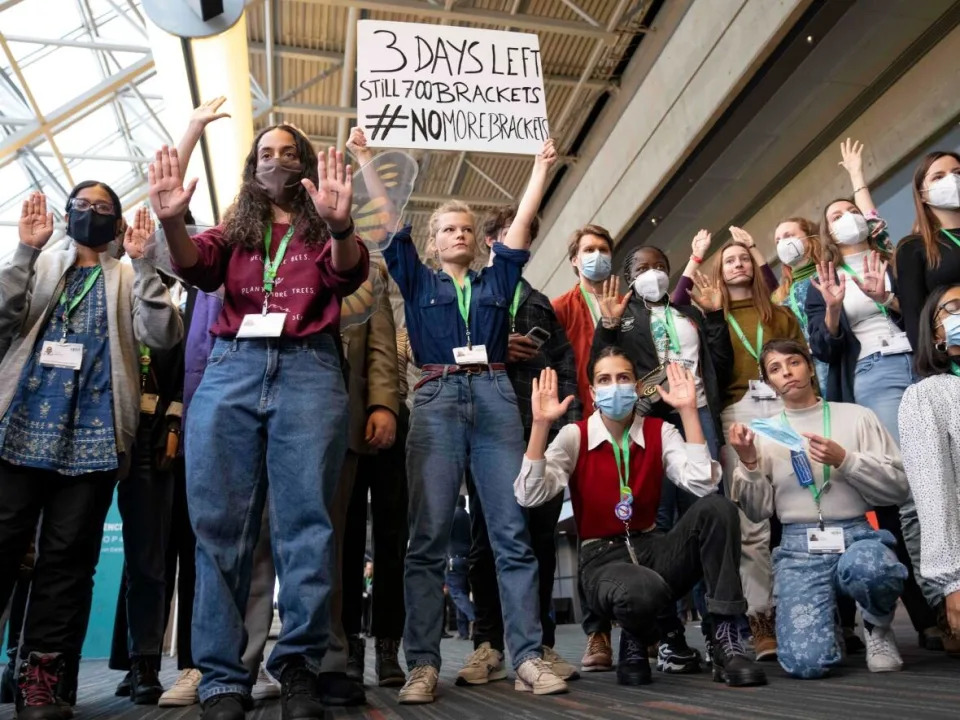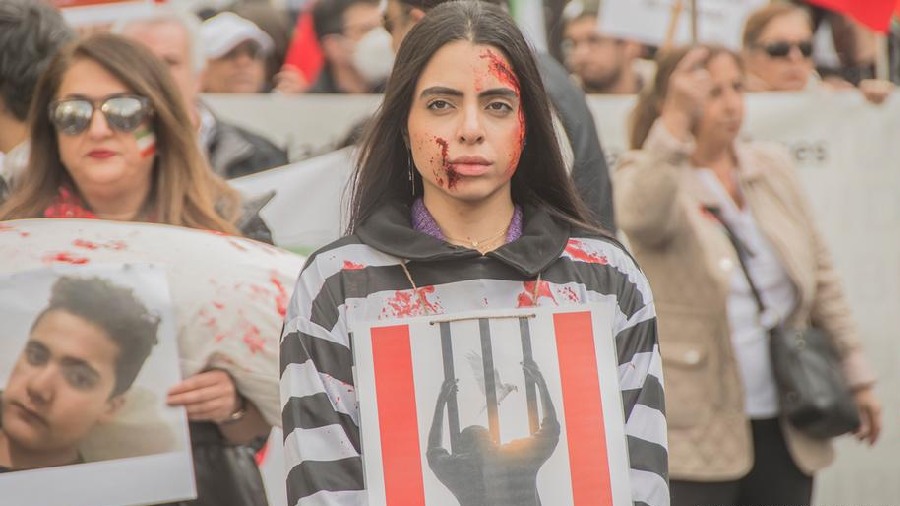THE LANCET GLOBAL HEALTH: Cervical cancer burden remains high in many countries, scale-up needed to meet WHO’s 2030 elimination target
Peer-reviewed / Observational study / People
- Incidence rates of cervical cancer in most countries remain much higher than the threshold set by WHO of 4 per 100,000 women to consider cervical cancer eliminated as a public health problem.
- Globally in 2020, there were over 600,000 estimated new cervical cancer cases and over 340,000 resulting deaths.
- Persistently high rates of cervical cancer in LMICs and recent increases in countries in Eastern Europe and sub-Saharan Africa are of particular concern.
- Targets to to reach the WHO elimination threshold by 2030 will be missed unless countries scale up screening programmes, improve coverage of HPV vaccination and improve access to affordable treatment.
There were over 600,000 new cases of cervical cancer and over 340,000 deaths worldwide in 2020, according to an observational study published in The Lancet Global Health journal.
Although cervical cancer has decreased in many world regions over the past three decades—notably in Latin America, Asia, western Europe and North America—the burden remains high in many low- and middle-income countries.
The development of effective HPV vaccination and screening programmes have made cervical cancer a largely preventable disease. In 2020, the World Health Organisation (WHO) announced a target to accelerate the elimination of cervical cancer as a public health problem, aiming to reduce incidence below a threshold of four cases per 100,000 women per year in every country by 2030. This study tracks the progress on cervical cancer rates and identifies the countries and regions where efforts require scaling up to reach WHO targets.
Dr Deependra Singh, International Agency for Research on Cancer (IARC) / WHO, France, says “HPV vaccination and screening technologies mean that cervical cancer is now largely preventable. Our study finds encouraging decreases in some high-income countries following successful implementation of HPV vaccination programmes and screening—such as in Sweden, Australia, and the UK—but globally the burden remains high. All over the world, women should be free from the risk of preventable cancer, and with development of effective vaccines and screening over the past 20 years, we have the tools to make this a reality.” [1]
The study used IARC’s GLOBOCAN 2020 database to estimate the burden of cervical cancer incidence and mortality rates in 185 countries. Additionally, the study analysed the relationship between cervical cancer cases and deaths in relation to national levels of socioeconomic development. Finally, the authors looked at data from 1988 to 2017 to identify increase and decrease trends.
In 2020, rates of cervical cancer cases were 13 per 100,000 women per year and there were seven deaths per 100,000 women per year. Incidence rates in 172 out of 185 countries, still exceeded the four cases per 100,000 women per year threshold for elimination set by WHO.
Rates varied significantly between countries, with a 40 times difference in cases and 50 times difference in deaths. Case rates ranged from two cases in Iraq to 84 cases in Eswatini per 100,000 women per year; while mortality rates ranged from one death in Switzerland to 56 deaths in Eswatini per 100,000 women per year.
There was substantial socioeconomic inequality in cervical cancer globally. There was a clear socioeconomic gradient in incidence and mortality, with higher rates observed in countries with lower socioeconomic development.
When looking at the trend data from 1988 to 2017, the authors observed major declines in cases in some Latin American countries, including Brazil, Colombia, and Costa Rica. A similar pattern was observed in Asia in India, Thailand, and South Korea, as well as in Eastern Europe in Poland, Slovenia, and Czechia. However, there were increases in cases in Eastern Europe, in Latvia, Lithuania, and Bulgaria, and Eastern Africa in the past decade, as well as in The Netherlands and Italy. The reasons for recent increases might include increased prevalence of HPV among the younger generations of women and lack of effective screening programmes.
Countries with the largest average declines in incidence rates per year included Brazil (8%), Slovenia (7%), Kuwait (7%), and Chile (6%); whereas the highest increases in rates were in Latvia (4%), Japan (3%), Ireland (3%), Sweden (3%), Norway (2%), Northern Ireland (2%), Estonia (2%), and China (2%).
Dr Valentina Lorenzoni, Scuola Superiore Sant’Anna, Italy, says, “Cervical cancer cases are much higher than the threshold agreed by the WHO initiative on cervical cancer elimination in most countries, indicating that there is still much work to be done before 2030. While a decrease in screening intensity due to the COVID-19 pandemic might have left a new group of susceptible women, the pandemic also boosted the introduction of self-administered HPV testing, offering new possibilities to increase screening coverage. Other new advancements, such as thermal ablation for treating cervical pre-cancer, the use of mobile phones to improve follow-up after screening, and machine learning to improve visual assessment, can also be used in low resource settings to lower cervical cancer rates.” [1]
Finally, the authors note that the estimates were based on the best available cancer data in each country, but caution that these may be incomplete or inaccurate. For instance, cases may appear low in countries where there are no effective screening programmes or there is limited local population-based cancer registry data available.
NOTES TO EDITORS
This study was funded by Horizon 2020 Framework Programme for Research and Innovation of the European Commission. D. Singh was supported by the French Institut National du Cancer (INCa). It was conducted by researchers from International Agency for Research on Cancer; Scuola Superiore Sant’Anna, Italy; US National Cancer Institute, USA; Scientific Institute of Public Health, Belgium; University of Ghent, Belgium.
[1] Quote direct from author and cannot be found in the text of the Article.
The labels have been added to this press release as part of a project run by the Academy of Medical Sciences seeking to improve the communication of evidence. For more information, please see: http://www.sciencemediacentre.org/wp-content/uploads/2018/01/AMS-press-release-labelling-system-GUIDANCE.pdf if you have any questions or feedback, please contact The Lancet press office pressoffice@lancet.com
IF YOU WISH TO PROVIDE A LINK FOR YOUR READERS, PLEASE USE THE FOLLOWING, WHICH WILL GO LIVE AT THE TIME THE EMBARGO LIFTS: http://www.thelancet.com/journals/langlo/article/PIIS2214-109X(22)00501-0/fulltext
JOURNAL
The Lancet Global Health
METHOD OF RESEARCH
Observational study
SUBJECT OF RESEARCH
People
ARTICLE TITLE
Global estimates of incidence and mortality of cervical cancer in 2020: a baseline analysis of the WHO Global Cervical Cancer Elimination Initiative
ARTICLE PUBLICATION DATE
14-Dec-2022
COI STATEMENT
We declare no competing interests. Where authors are identified as personnel of the International Agency for Research on Cancer/WHO, the authors alone are responsible for the views expressed in this article, and they do not necessarily represent the decisions, policy, or views of the International Agency for Research on Cancer/WHO. Where authors are identified as personnel of US National Cancer Institute, the opinions expressed are their own and this material should not be interpreted as representing the official viewpoint of the US Department of Health and Human Services, the National Institutes of Health, or the National Cancer Institute.


